There is a plethora of different jointing styles, the first step is identifying the joint and a corresponding tool to replicate it. This particular bead required a custom cut jointing tool to mimic the very small bead.
Historically accurate lime mortar repointing
Historic lime matching and repointing
Lime Repointing Services
Raised ribbon pointing, maybe one of the most aesthetically pleasing ways to accentuate stone work. The mortar mixing is half of the battle when preforming this style of pointing. A balance of hardness, durability and low shrinkage must be achieved, and with lime mortar as to not damage the original substrate behind the pointing. This involves a specialty mixture of slaked lime, natural hydraulic lime and pozzalons.

The grapevine bead is a very common joint on historic brick in Southern Ontario. It’s a beautiful way to add a bit of elegant complexity to brick. It also causes an illusion, making the joints look finer and more consistent. It takes care to preform in lime mortar as the action of striking a joint with an aggressive bead can cause the bead mortar to become unconsolidated from the existing mortar within the joint. If done improperly the consequence is the bead will begin to flake off of the wall with minor weathering.

Related Articles





